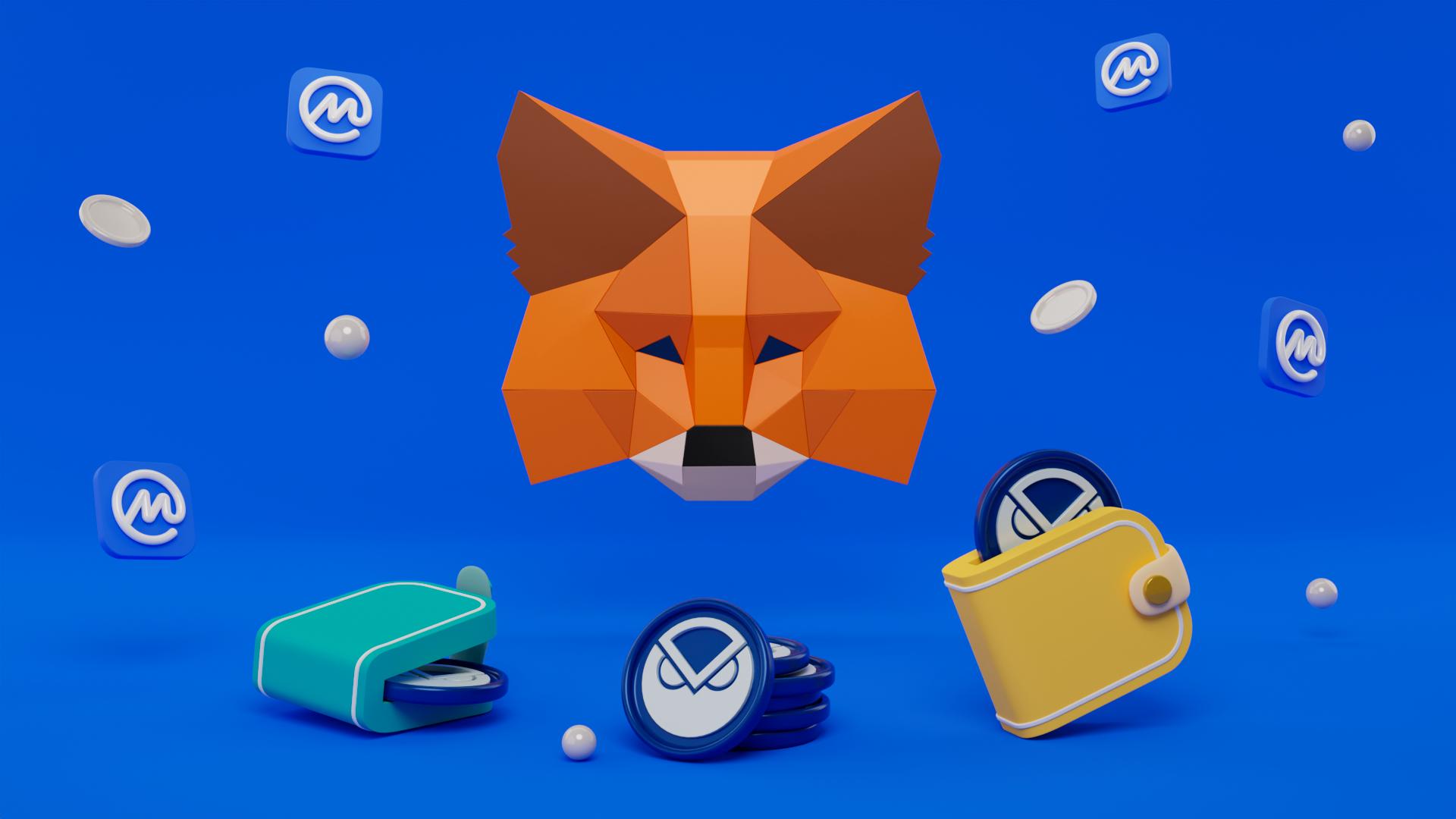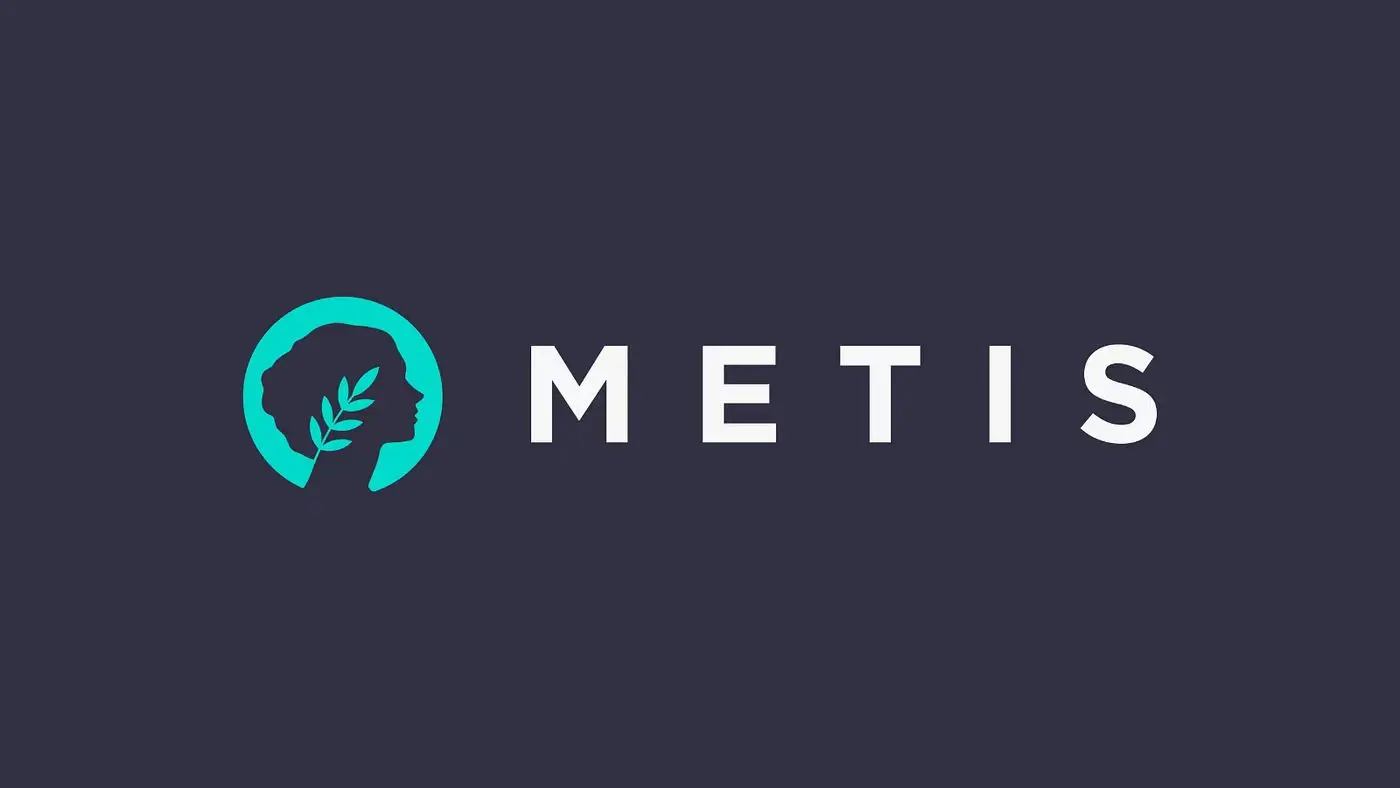Are the valuations of Layer 2 Rollups projects, which are continuously issuing tokens, really reasonable at billions of dollars?
Source: The Defiant
Compilation by: BitpushNews, Mary Liu
Following Optimism's OP, Arbitrum launched ARB, bringing the total market capitalization of these two largest Ethereum scaling tokens to over $2 billion. Some investors have raised a question: What are these tokens used for? Do their use cases justify such high valuations?
Currently, the only function of ARB and OP is governance, which equates to the ability to vote on the project's direction. However, recent confusion surrounding the Arbitrum Foundation's AIP-1 proposal has also raised concerns about the assurance of voting rights.
Governance is often considered a key value proposition for many crypto tokens. The most valuable DeFi token, UNI, is worth $4.7 billion, despite its only unique value being the ability to vote on governance decisions for the Uniswap exchange. ARB has now joined the ranks of governance tokens worth billions, and many other Ethereum scaling solutions are set to launch, leading investors to question whether these tokens' valuations are reasonable.
With governance as the primary use case for rollup tokens, Tushar Jain, founding partner of venture capital firm Multicoin Capital, asked in an interview, "What exactly are you governing, how does that governance work, and why is it worth billions?"
$20 Billion Fully Diluted Valuation
ARB and OP are digital assets issued by Ethereum scaling platforms based on Optimistic Rollups solutions, serving as the main tools for achieving faster and cheaper transactions on the second-largest blockchain network, measured by the value stored on each platform.
ARB currently has a market capitalization of $1.6 billion, while OP's market cap is $700 million, with their fully diluted valuations (FDV) exceeding $20 billion.
Rollup Token Use Cases
Rollup tokens neither secure the network of the scaling solution nor do users pay transaction fees priced in them.
Jain believes these are the two biggest use cases for tokens associated with blockchain networks. His Multicoin Capital raised $430 million for its latest fund last year.
Jain stated that with rollups, Ethereum's native token ETH can fulfill both roles. Investors added that a third potential use for rollup tokens is to stake them in exchange for becoming a validator, but this has not yet been enabled. Validators are participants in the blockchain system responsible for verifying transactions.
Potential Future Airdrops
ARB was distributed in an airdrop last month, and among mainstream scaling solutions, at least two projects may conduct airdrops twice—Starkware and zkSync, both of which have raised over $2.5 billion. Polygon and Consensus are also developing rollups.
As competition among Layer 2 solutions intensifies, rollup teams will face greater pressure to validate the value of their tokens.
No Need for Tokens
While Jain is not entirely against Layer 2 tokens, he is skeptical about their current valuations. Tezos blockchain co-founder Arthur Breitman believes these tokens should not exist at all. When News Block director Frank Chapparo asked on Twitter, "Why do Layer 2s need tokens?" Breitman replied, "They don't need to."
Tezos recently released an upgrade called Mumbai on March 29, enabling developers to deploy rollups on the blockchain without permission.
Arthur Breitman told The Defiant, "Rollups can be used for free, with no special tokens, no restrictive permissions, and no validator approval; it's completely open."
Can Protocols Make Money?
It is certain that this does not imply there is no on-chain demand for rollups. Data provider L2BEAT shows that Layer 2 transaction volumes significantly surpassed Ethereum last year.

Rollups not only provide utility, but they may also already be profitable. A dashboard developed by former 1confirmation partner Kofi shows that profits from scaling solutions have been increasing since July.

Crucially, how tokens can capture potential profits remains unclear.
Kofi stated in an interview that the dashboard does not include off-chain costs that are not captured on the blockchain. Considering these off-chain costs, rollups may not necessarily be profitable overall.
David Mihal, an engineer developing the data platform CryptoStats, told The Defiant that revenue comes from two sources, both currently captured by a software component known as "sequencer."
The sequencer is responsible for aggregating users' transactions and submitting them to Ethereum's mainnet. Its two revenue sources are user transaction costs, known as "gas costs," and maximum extractable value (MEV), a complex subfield of blockchain space where validators or, in this case, sequencers, reorder or remix transactions waiting to be processed.
Mihal said, "There is a lot of money behind MEV."
Decentralized Sequencers
According to white paper documentation, currently, the sequencers for Arbitrum and Optimism are controlled by the companies that developed the solutions. In short, they are centralized.
Decentralized sequencers may be the most likely way for rollup tokens to capture profits.
Kofi, a developer of the rollups dashboard, stated that if rollups can decentralize their sequencers, tokens like ARB and OP could gain additional utility.
Decentralized sequencers would allow users to participate in their operation by "staking" (i.e., temporarily locking up rollup tokens), which in turn would pass a portion of the revenue from transaction fees and MEV to token holders.
Both Arbitrum and Optimism have stated in their documentation that they plan to decentralize their respective sequencers.
Jain noted that the key reason these two rollups launched without decentralized sequencers is that it is "technically very difficult." He said, "Once you try to decentralize them, you run into the same issues encountered when scaling Layer 1."
Mitigating Regulatory Risks
Another reason Layer 2 projects issue so-called "fair" governance tokens may be that the crypto industry has entered a highly challenging regulatory environment in 2023, where profit-driven tokens could attract the attention of regulators.
Notable crypto researcher Polynya stated that while rollup tokens may not be essential, they are at least useful.
Polynya said, "They don't necessarily need tokens, but it makes decentralized governance, ownership, and upgrades easier, so I hope most L2s have one." The researcher added that foundations could use tokens for grants and other incentives, helping L2s decentralize their sequencers.
Looking ahead, Jain believes that rollups will essentially separate from Ethereum, which is currently responsible for securing the scaling solutions. Investors indicate that this will come from the project's own token holders as they seek to extract more value through their digital assets.
He said, "I think this battle will come in a year or two; that's my guess. Once there are enough competitors, they will start wanting other things, like separating from the Ethereum ecosystem."










